Find out how I got on at the Waste Matters cookery class at Cookery School, Little Portland Street (London’s most sustainable cookery school).
Sustainability
Right now, the buzz word in the food industry is “sustainability”. The fight against plastic packaging has been raging on for a good couple of months now with many food manufacturers making positive change. A recent report also showed that by switching to a vegetarian diet you can save 35-55% water!
Food waste is also a huge problem – methane, the gas that is given off when foods rot, is 23 times more powerful as a greenhouse gas than carbon monoxide. So all of those food scrapings, contribute to global warming in a big way.
If it is one thing I am definitely guilty of, it is wasting food. Jon and I buy and grow a lot of fresh fruits and veggies which we end up throwing away because we just can’t eat them quick enough. With the heat wave this summer, we were guilty of it more than ever as the food spoiled so quickly.
I try not to get phased by slightly limp veg and unsightly brown bits but it can be hard to get inspired by sad, wilted fruits and veggies.
So, when I heard about the Waste Matters class at Cookery School, Little Portland Street (London’s most sustainable cookery school), I decided I’d go along and see if I could learn a thing or two about using up the bits I’d normally throw away.
Waste not, want not
It turns out Jon and I aren’t the only people who chuck away a whole load of fruit and veg. Cookery School ran a survey to find out just how often people were throwing food away and which ingredients were thrown away the most. It turns out that, as well as fruit and vegetable trimmings, bread and milk were high on the list too. Unsurprisingly onions, potatoes and carrots were some of the vegetables that got the least love. With bananas and other soft fruits and berries also getting thrown away regularly.
The aim of the class is to show you how to reduce food waste and at the same time save money. We often throw away food that is perfectly edible, it just doesn’t look that pretty. But what a waste that is!
The class started at 6:30pm and over the next three hours we made some fantastic dishes including:
- Savoury bread and butter pudding (this blew my mind!)
- Two types of potato cake (one veggie, one using fish)
- Bottom of the fridge soup
- Baked crispy vegetables
- Crispy pasta bake
- A classic tomato sauce
- Vegetable stock (using leftover peelings – genius!)
- Sweet bread and butter pudding
- Classic banana bread
We then washed it all down with a smoothie using surplus milk, the remnants of a tub of yogurt and leftover fruit.
Using up leftover meat and fish
Although we usually eat a vegetarian diet at home, there are occasions where I will buy meat and fish. This will usually be because we’ve had guests over and I’ve cooked meat or fish for our guests, or perhaps put together a charcuterie board and cheese platter. Because I’m not used to catering for meat eaters it is inevitable that I will buy too much and then be stuck with the leftovers which in turn just get thrown in the bin.
Two of the recipes we made which I was most impressed with during the class were the mackerel potato cakes and the savoury bread and butter pudding. The potato cakes used up mackerel that had been lurking in the back of the fridge and the savoury bread and butter pudding used up leftover salami and chorizo.
The potato cakes were light, fluffy and had lovely chunky flakes of mackerel peppered throughout. They had a wonderful crust and you’d never have guessed that they were made out of a sad piece of fish and some manky looking potatoes and onions. As with all of the recipes we made, generous seasoning really bought the dish to life.
The savoury bread and butter was completely out of this world. I’ve made regular bread and butter out of stale bread hundreds of times but this was different. I buttered the bread and then layered between the slices huge handfuls of wilted parsley (roughly chopped), diced salami and chorizo, some onion (which I had browned off) and then poured over a cold custard. A sprinkling of cheese (again found lurking at the back of the fridge) finished it off before it went into the oven.
The final dish was a really hearty, quite rich, meal. For me this was the most impressive transformation of them all.
Using up vegetable peelings and other odds and ends
I gave up on peeling potatoes, carrots and the like a long time ago but its something that a lot of people still do. (My mum even peels mushrooms!!!) The result is that tonnes of vegetable peelings and knobbly ends which have been lopped off are thrown in the bin. What a lot of people don’t realise is that there is tonnes of flavour in them. Even the skin of an onion is edible and can be used to add flavour.
While we were prepping the other dishes we were careful to save up all of the bits that we would ordinarily throw away. We had pieces of carrot, fennel, potato and onion. All of this went into a pressure cooker to speed up the process of making a delicious vegetable stock which we added to our bottom of the fridge soup.
The bottom of the fridge soup has all sorts thrown in. It really is one of those dishes that will change every time you make it depending on whether you have a slightly soft courgette or a wrinkly old pepper laying around. We also threw in lots of herbs, a tin of beans and plenty of salt and pepper. What I loved about the stock and soup was how cheap they were to make too. These are absolutely the type of dishes you can be making when on a budget or trying to save a few pennies.
I was also really chuffed to have learnt a new skill. I’d have never thought to make my own stock before!
Using up wonky vegetables
It’s fantastic that supermarkets like Morrisons are now selling wonky, less than perfect veg but we need to do more when we get home not to throw out vegetables that are perfectly edible but just a little tired and old.
Consider this – tomatoes that have startled to shrivel and go wrinkly might not be nice in a salad but roast them with oil, onion, garlic salt, pepper and herbs, then blitz them together to make a simple tomato sauce. You can use this in pasta, on pizza, or as a base for a whole host of sauces and curries.
Potatoes are another vegetable that get thrown away the second they start growing eyes! Just pick them off and turn them into latkes (a bit like a rosti). Grate them with onion, bind them together with some potato flour, an egg and salt and pepper, drizzle with a little oil then cook in the oven until crisp! Lots of vegetables can be transformed simply by roasting them in the oven. We brought some sad looking beetroot, fennel, courgette and cauliflower bake to life by using this method.
Last but not least, ever wondered what to do with a limp lettuce? Cut it into halves (or quarters if particularly large), drizzle with a little oil then cook flat side down in a hot griddle pan. You want to get big black char marks which will bring out a wonderful bitter flavour from the leaves. Make sure you season before serving.
Using up leftover fruit
Smoothies are the perfect way of using up fruit that has seen better days. You can also blitz over ripe soft fruits into a coulis for drizzling on dessert. A classic bread and butter pudding or a banana bread is another delicious treat you can make with overripe fruit. You can find my recipe for the ultimate chocolate chip banana bread here.
Tips and tricks for wasting less in the kitchen
When we’d finally finished cooking we sat down to enjoy our feast and shared some tips for avoiding waste and doing our bit for the environment. Here are some of the suggestions:
- Plan you meals carefully. By sticking to a meal plan you have more idea of what you need when you go shopping, reducing the likelihood that you buy more than you’re actually going to consume. You can find a whole host of meal planning resources here.
- Plan a “use it up” meal each week. When you’re creating your meal plan pick a day where you will make something with anything lurking in your fridge that needs using up. Sunday roasts are actually great for using up leftover veggies – even the ugliest veg tastes great roasted with plenty of herbs and seasoning.
- Only buy what you need. It’s often tempting to buy the big bag of onions that are on offer rather than buying just two loose, even though a recipe only needs two.
- Shop at plastic free supermarkets. Plastic free supermarkets are becoming more popular and these are a great place to pick up grains, nuts and spices in precise quantities as you weigh out how much you want to buy.
- Organise your fridge. I can get a bit carried away when organising my fridge when I come back from the shops but for good reason. Make sure the new ingredients you’ve just bought go to the back and the older ingredients get pulled to the front. That way you won’t forget about something and let it go bad.
- Put a note on your fridge of items about to go out of date. Make sure you can easily find out which foods need eating with a note pinned somewhere prominent in your kitchen. That way you don’t have to look at all the different packets before deciding what to have for dinner.
- Know when to ignore dates on packets. As a general rule, in the UK you should not ignore a “use by date” as this is when the food is likely to go off. You can however ignore a “best before date” as this only relates to the quality of texture and taste of the product. That being said, if you are happy to use your own judgement you may find that food past its use by date is still safe to eat – you do so at your own risk.
- Preserve or pickle it. I am obsessed with turning excess fruit into jam, I even put vegetables and chillies into chutney. Pickling vegetables is another great way of preserving them before they are past it. The pits from olives can even be preserved in olive oil, infusing it with a more intense olive flavour.
- Use cheese rinds in soups and sauces. If you’ve spent a lot of money on Parmesan or another hard cheese why chuck away the rind when it is one of the bits with the most flavour? Add it to a soup or sauce for a cheese-y kick.
- Turn it into pesto or hummus. Whatever wilted herbs you have in the fridge can almost definitely be turned into pesto, but so can your veggies. Check out this roasted red pepper pesto. Beetroot hummus is also delicious! You get extra brownie points if you use carrot tops or beetroot leaves to make pesto too.
- Re-use grey water. Grey water is waste water, for example the water you boiled your veggies in (aka clean grey water) and the water you did your washing up in (aka dirty grey water). You can use your clean grey water to boil more veggies or pasta. You can also drink it or add it to vegetable juices. Dirty grey water can be used to wash up even more dishes or be given to your plants as a drink.
- Eat your leftovers. Get in to the habit of taking leftovers to work for lunch the next day.
- Put down the peeler. Most fruits and veggies can be cooked and eaten with their skin on. In fact, if you peel them you’re often getting rid of lots of the nutrients. Avoid throwing away peelings by skipping the peeling altogether.
- Make the most of your freezer. Almost everything can be frozen. If you know you’re not going to finish that big punnet of strawberries then freeze them for later. You can even freeze herbs in an ice cube tray, just top them up with olive oil rather than water.
- Donate what you don’t eat. OLIO is a fantastic app which allows you to donate food rather than chuck it in the bin.
- Chuck it on the compost heap. If fruits and veggies really are inedible, don’t just chuck them away, throw them on your compost heap. They will make great fertiliser for your garden.
Do you have any tips you think I should add? Let me know in the comments below!

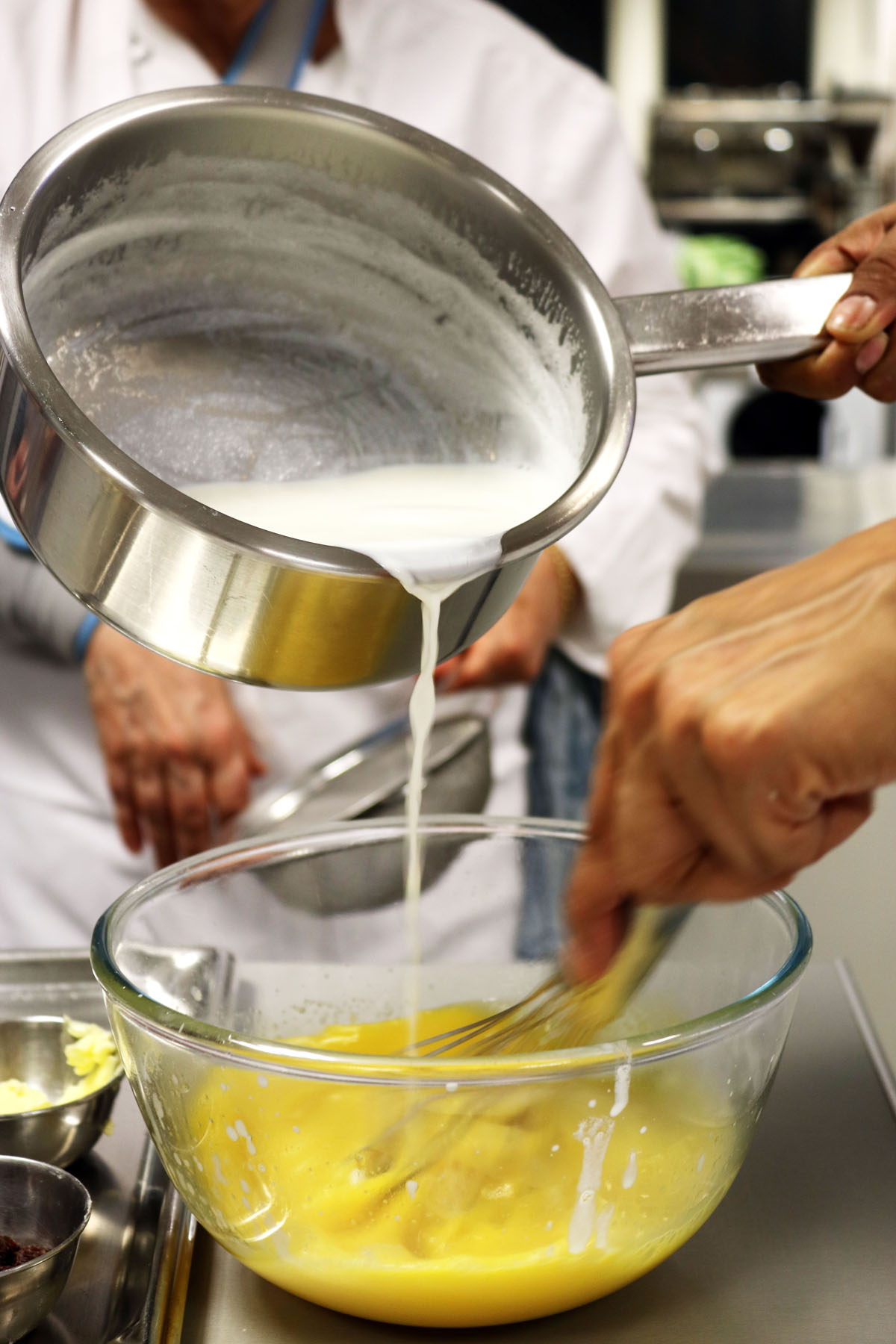
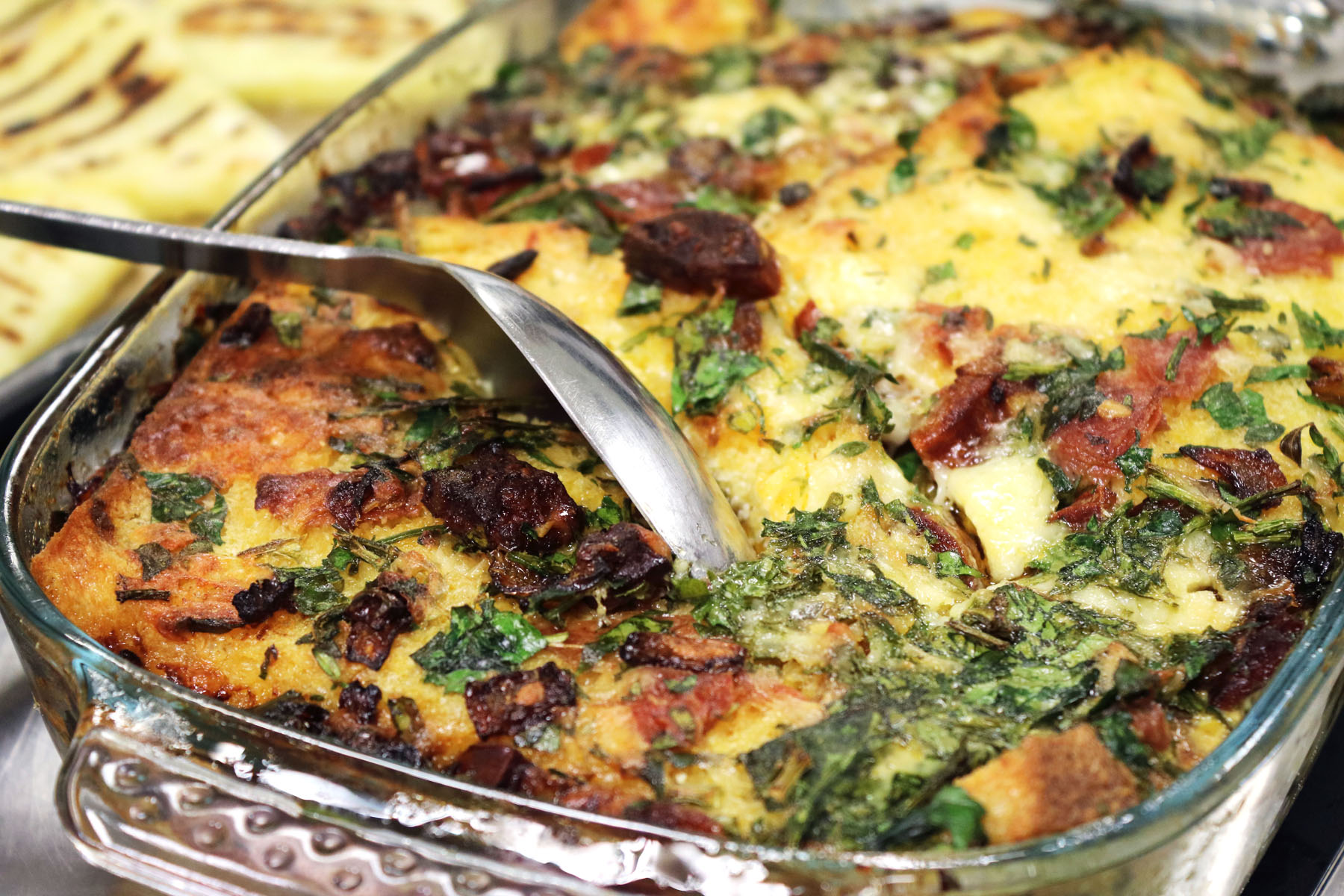
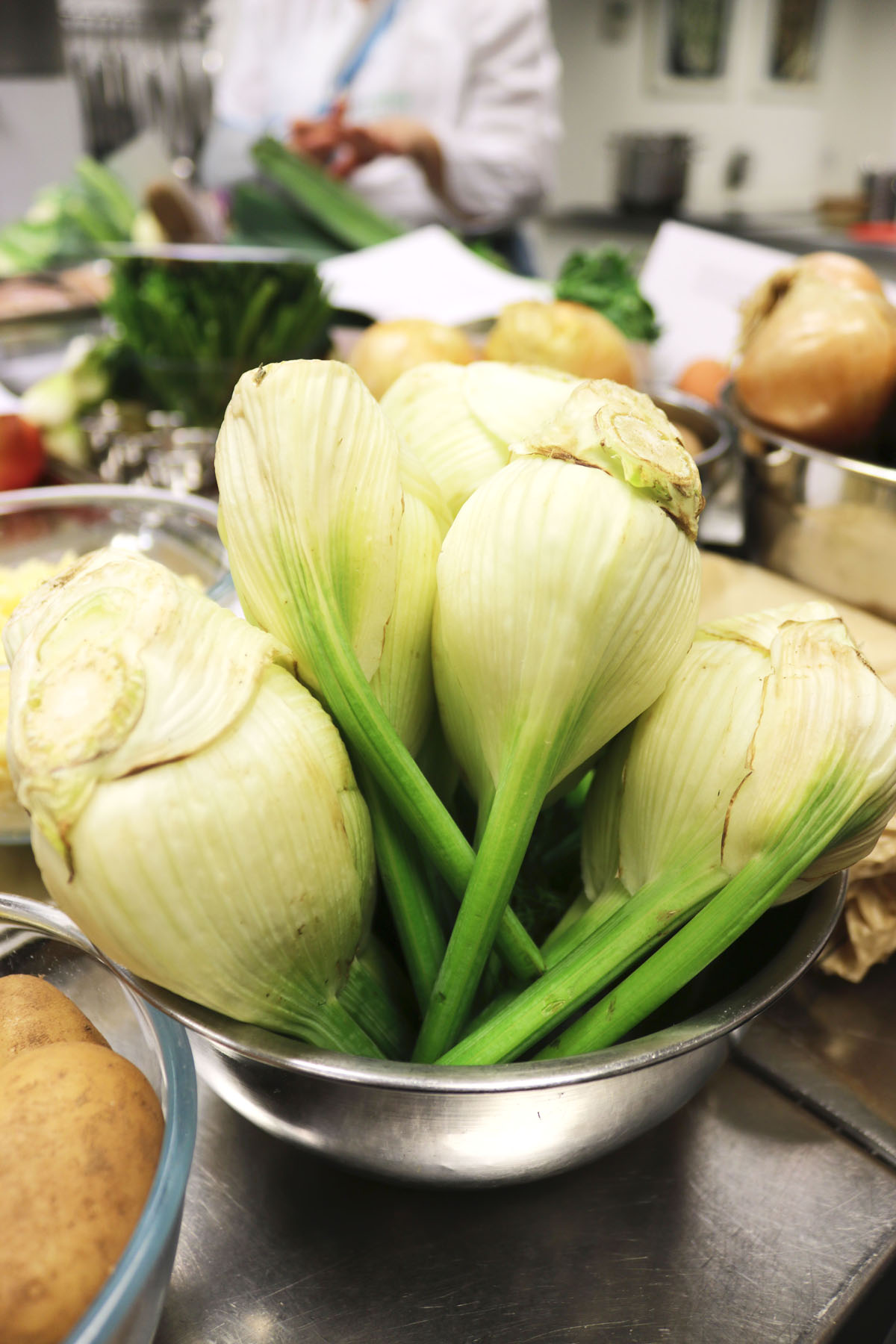
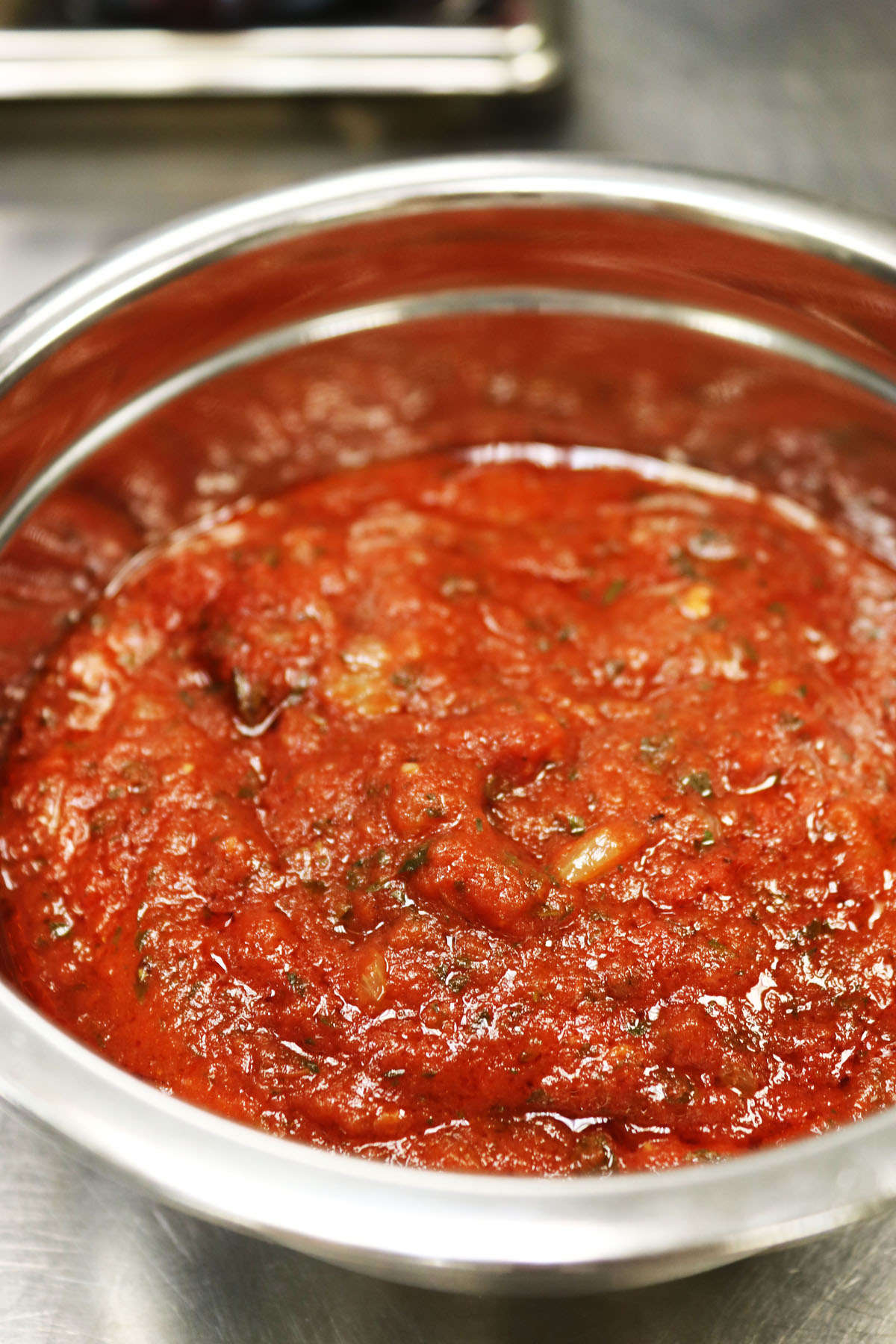
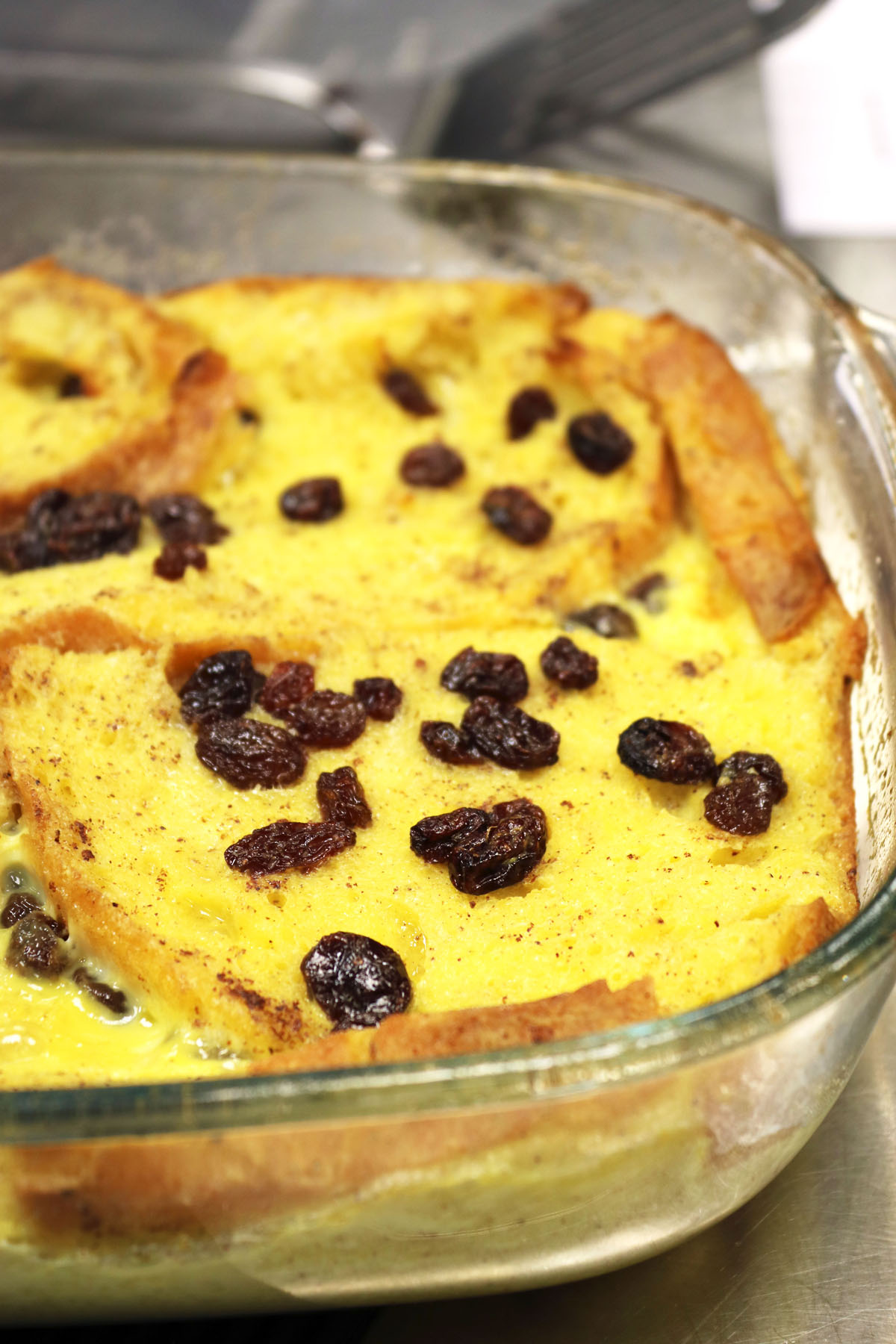
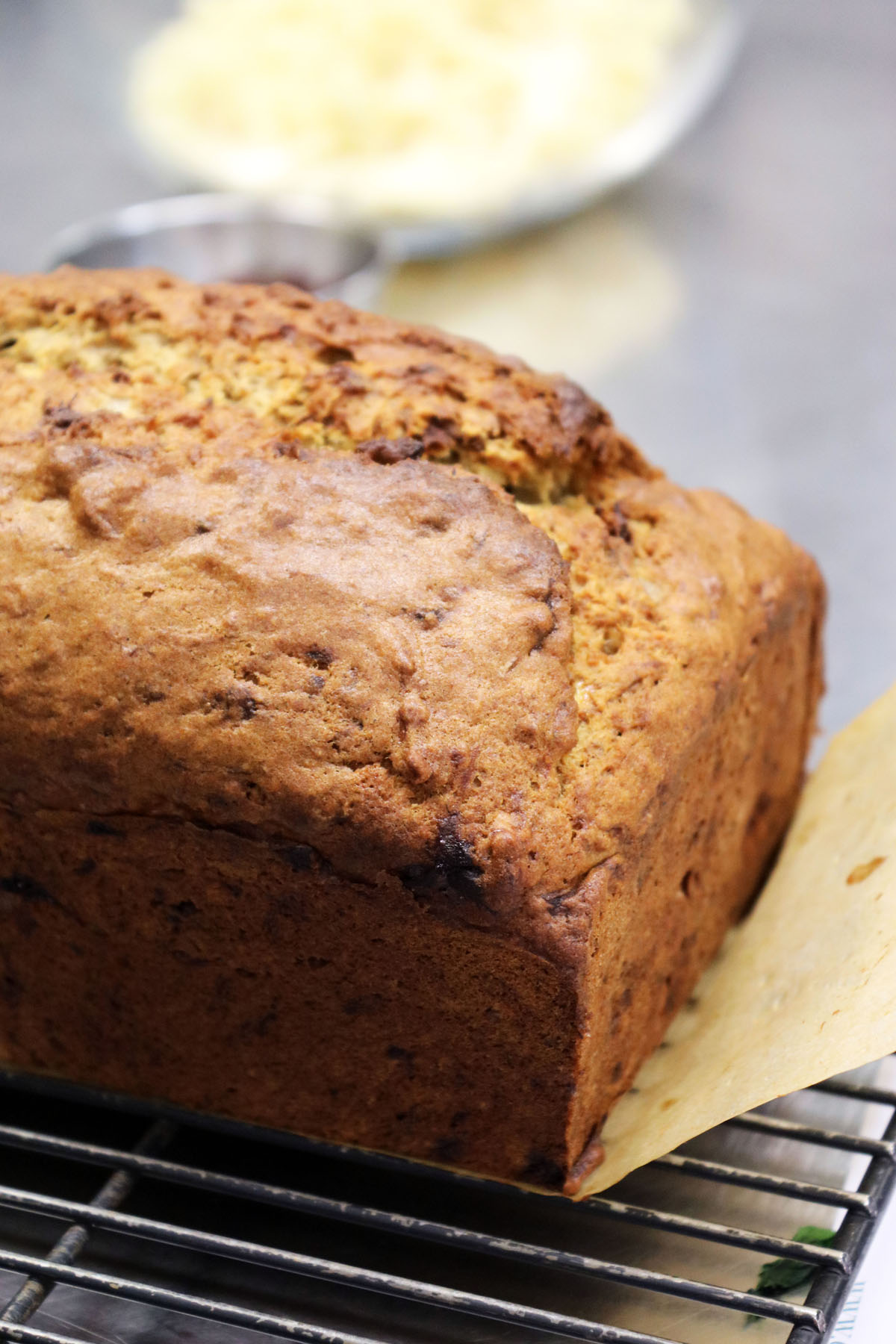
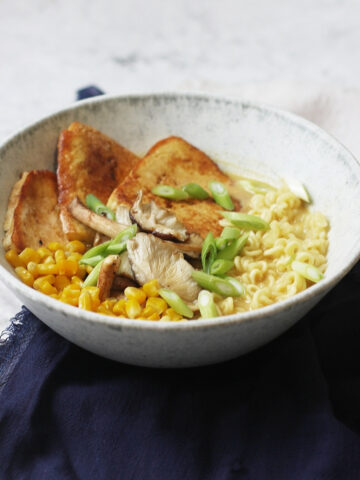
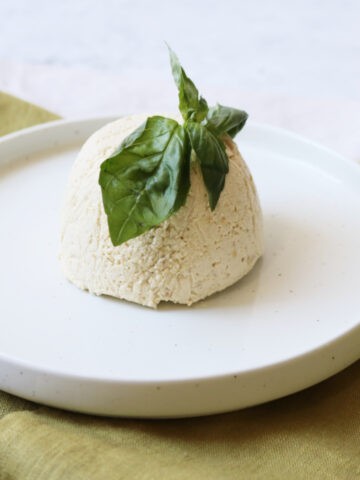
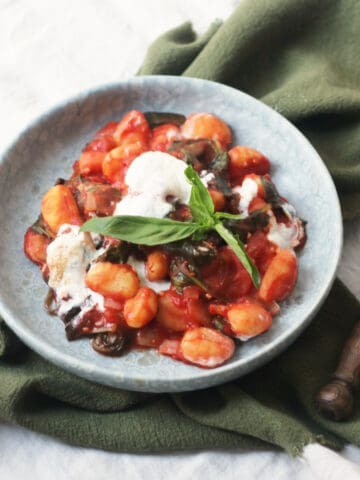
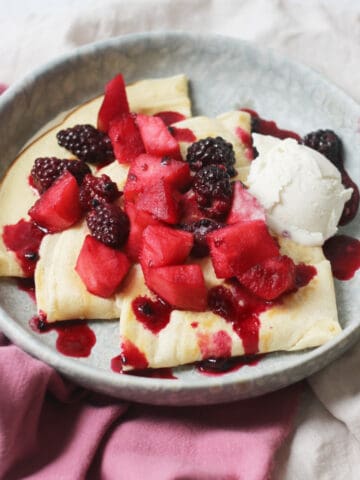
Alex Ryder says
This is great. There are some brilliant tips here and I’d love to go to that cookery school!